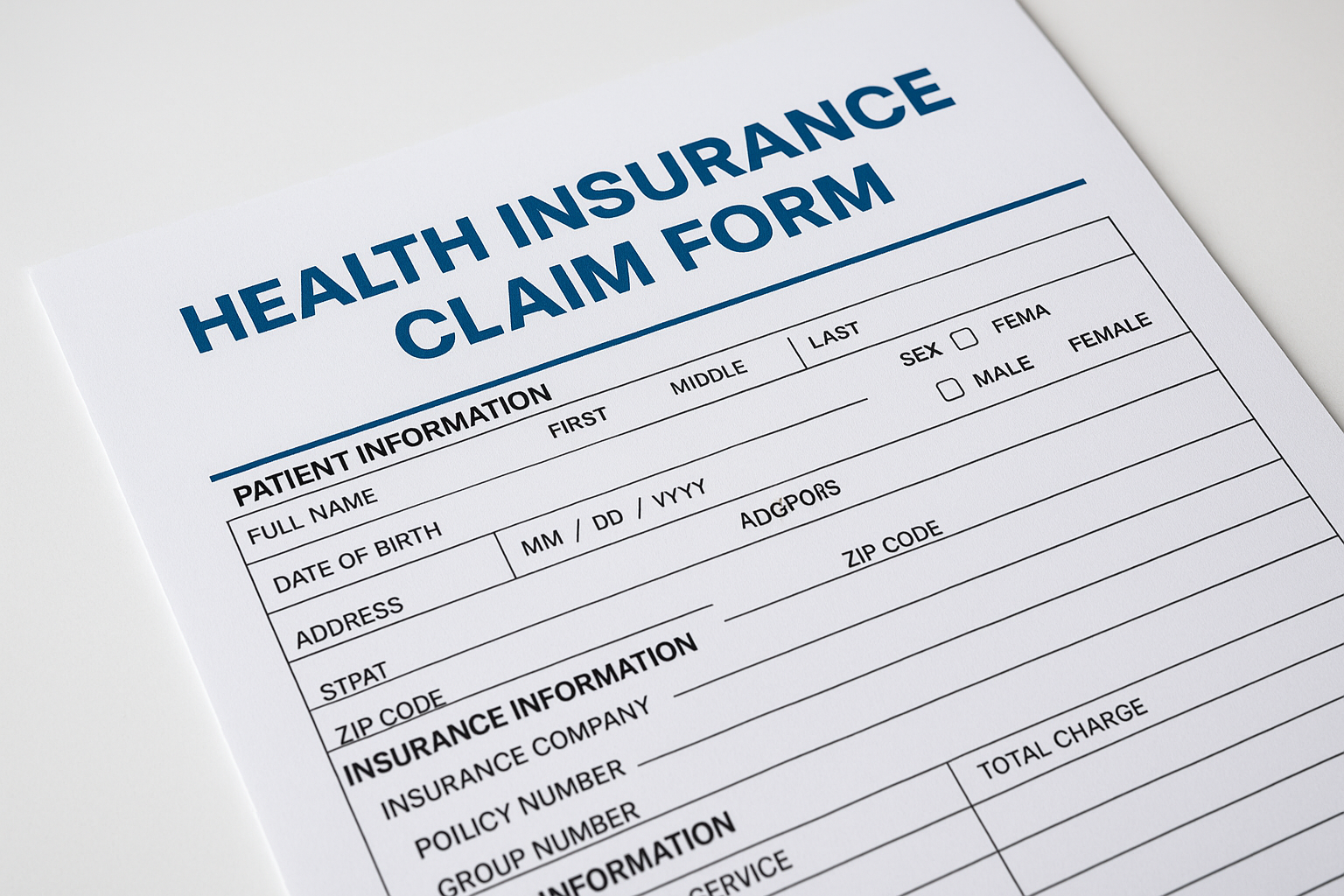Billing and reimbursement questions often center on understanding insurer payments, patient responsibilities, and how to resolve claim issues efficiently.
Understanding Your Charges vs. Payments
Every invoice you receive will list the billed amount (what the provider charges) and the allowed amount (what your insurer approves). The difference between these figures may be written off as a contractual adjustment. Your insurer then applies payments toward the allowed amount, leaving you responsible for any coinsurance, copay, or deductible.
Common Insurance Terms
- Deductible: The amount you pay out-of-pocket before insurance begins covering costs.
- Coinsurance: A percentage of the allowed amount you share with your insurer after meeting the deductible.
- Copayment: A fixed fee you pay for a service or supply.
- Explanation of Benefits (EOB): A document summarizing how your claim was processed.
Typical Reimbursement Timeline
After a claim is submitted, insurers generally process clean claims within 14–30 days. Claims flagged for additional review—due to missing documentation or coding discrepancies—can take longer. Tracking claim statuses and responding quickly to requests for information will help avoid delays.
Frequent Claim Issues & Denials
Some of the most common reasons for denials include:
- Incomplete medical necessity documentation
- Incorrect CPT/HCPCS codes or mismatched modifiers
- Supplies sent before authorization was obtained
- Claim submitted to the wrong insurer or plan
Review your EOB carefully to identify the denial reason code and take corrective action.
Resolving Denials & Appealing Claims
To overturn a denial:
- Gather the claim number, denial code, and supporting documentation (e.g., prescription, clinical notes).
- Correct any coding errors and collect missing paperwork.
- Resubmit the claim through your clearinghouse or insurer portal, selecting “Corrected Claim.”
- If denied again, request an appeal and include a concise cover letter explaining the medical necessity.
Best Practices for Smooth Reimbursement
- Verify patient benefits and obtain prior authorization before service delivery.
- Use up-to-date code sets and check insurer fee schedules regularly.
- Maintain organized records of all submissions, EOBs, and correspondence.
- Follow up on pending claims within two weeks of submission.
By mastering these elements—charges vs. payments, key terminology, common pitfalls, and proactive follow-up—you can streamline the reimbursement process and minimize patient billing surprises.
